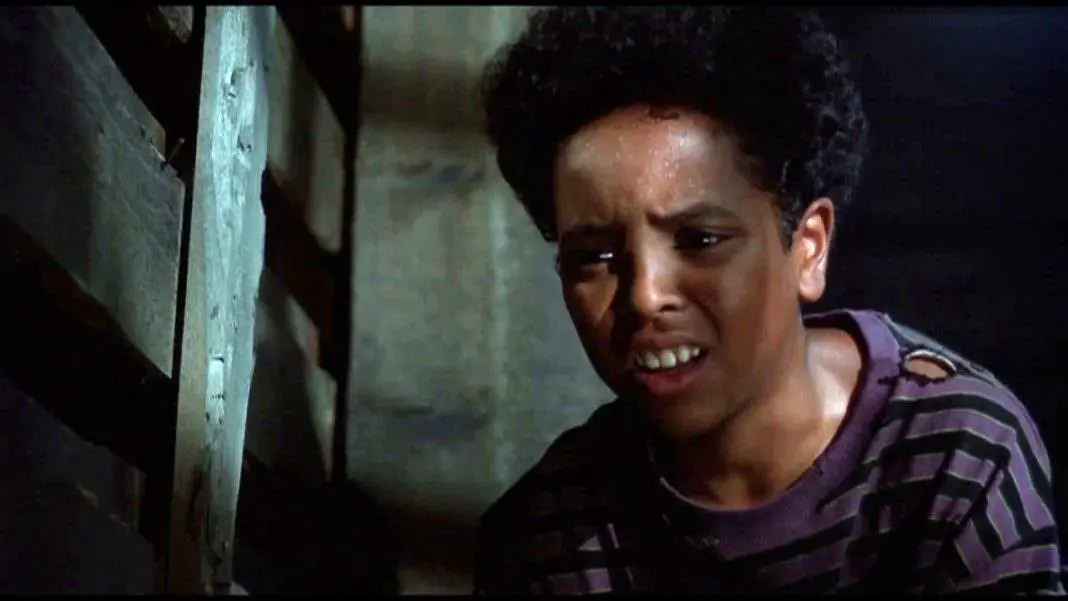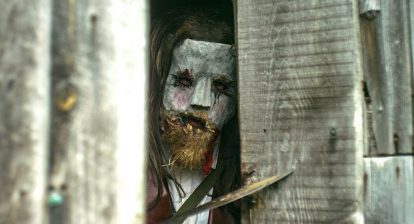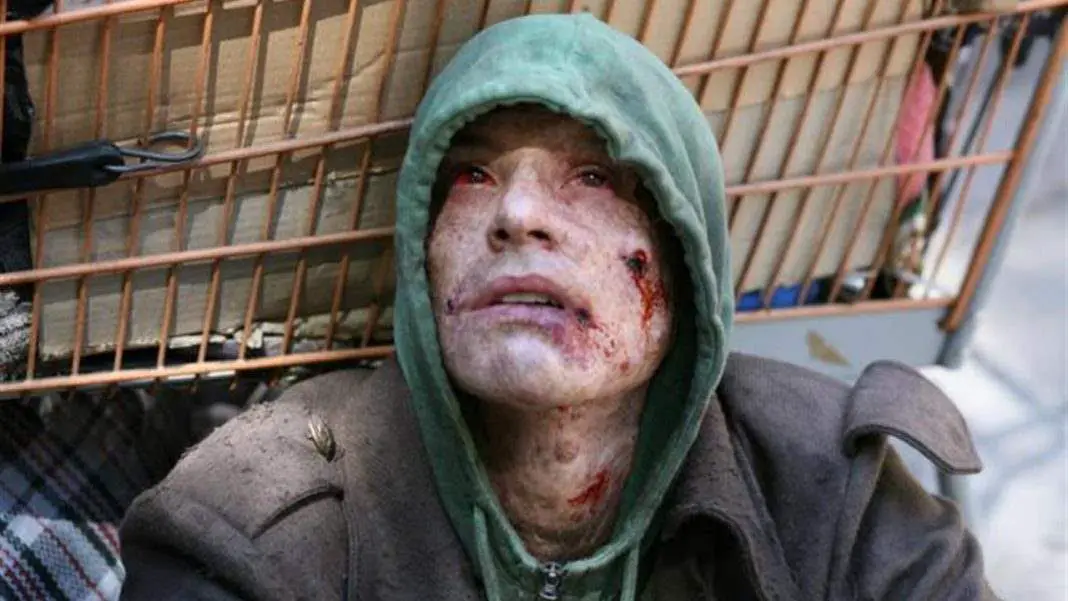Between Antlers, The Long Night, Ghosts of the Ozarks, Agnes, and Superhost there are a large number of newly released horror films to stream at home. Another one worth paying attention to is Benjamin Louis’ horror thriller, Stoker Hills, starring horror icon Tony Todd. The film also stars Steffani Brass, David Gridley, Vince Hill-Bedford and William Lee Scott.
The film takes place in the secluded town of Stoker Hills and follows three college students that find themselves in their worst nightmare when they set out to film a horror movie and are kidnapped by a serial killer. Their only hope for survival is the camera they left behind, which two detectives come into possession of. The mysterious hooded entity is only amplified by the darkness surrounding him, which is where cinematographer John Orphan steps in. Orphan does a great job of accentuating the tension with darker lighting choices, strategic camera angles and effective use of shadows.

Wicked Horror: In previous interviews you have said that you really enjoy working on darker films. What is it about projects in this realm that you particularly enjoy?
John Orphan: I think I enjoy shooting darker content because that is the kind of light I am most used to and feel at home around. I grew up in Grand Rapids, Michigan which happens to be the 2nd most over cast city in the US after Seattle. It’s also right on the 44th parallel which makes the angle of light from the sun very steep. So I grew up living in dark dramatic light. I feel at home in that environment.
WH: There must be a special art to creating the perfect amount of darkness, especially in a film like Stoker Hills, without it looking too forced. Are there certain tools that you found were crucial on the Stoker Hills set?
John Orphan: The one piece of equipment that was crucial for Stoker Hills was huge sheets of Duvetyne (Black fabric). We used it to keep light from bouncing anywhere we didn’t want it. So anything that wasn’t on camera in a particular scene was usually covered in black sheets of duvetyne. Sometimes even white ceilings and floors.
See Also: Seven Most Memorable Sidekicks in Horror

WH: The scene when the detective is looking through the trashcans in the school alley is particularly menacing for many reasons. It was interesting how you began the scene with the camera laying on the ground. It seemed like it was almost to symbolize a dead body looking back at the audience. Was this ever the thought? How did you decide to use these angles and lighting?
John Orphan: I think we decided to use some extreme angles in that scene because it’s a real moment of the good guys realizing that they are losing. I think the low angle was something we did to possibly give the impression that someone might be under the dumpster and also because we knew one of the next shots would be the exact opposite angle, a bird’s eye view of the inside of the dumpster.
WH: You have said that during preproduction you like to send visual pictures to directors to give them a better understanding of the look you are trying to achieve. What were some of the pictures for Stoker Hills?
John Orphan: Ben had referenced Se7en and Zodiac in our first discussions and that’s exactly what I had imagined after the first read so I looked for stills from those films that somewhat matched the scenes we would be shooting so Ben could get an idea of what things might look and feel like. The detective scenes in Stoker Hills generally involve the two leads discussing the case in offices, in the field or in vehicles, so those are the kinds of pictures I collected to share with Ben from Se7en and Zodiac.
Also See: Famous Movies Turned down by Legendary Horror Directors

WH: There are many scenes that seem to be lit with only with flashlights. Was that really the case or was there also external lights too?
John Orphan: Yes, sometimes it was just flash lights – usually someone from the grip department would be walking close by holding white bounce cards that the actors could shine their flashlights into, so occasionally we could have some light on their faces as they searched around in some of the more cavernous locations.
WH: Stoker Hills uses both handheld and steady cameras. When using handheld, what is key to not going overboard and making the audience sick?
John Orphan: For the handheld portions of Stoker Hills I did my best to operate under the idea that less is more. Even though all of our hand-held camera moments are meant to be from amateur filmmakers who are scared for their lives, the audience stills needs to visually register what is happening. I hope that was the case for most people.
WH: Griffith Park in Los Angeles is pretty famous for filming taking place there. Projects such as The X-Files, Falcon Crest and The Blues Brothers have all been filmed there. What was it like shooting at such an iconic location?
John Orphan: We were really grateful to get that location at the last minute. Our first choice of location for the scenes in the forest was in the Angeles National Forest, amongst huge 100-foot pine trees, but we got snowed out of that location and had to scramble to find a new place. Our amazing Assistant Director Craig Blair was able to pull that all together at the last minute. There were a lot of rules in Griffith Park about where we could land big equipment, so the logistics were a puzzle for us but it all worked out really well. I don’t think anyone can tell that just off camera was a giant golf course or that we were only a 5-minute drive from some of the hottest night spots in LA.
WH: There seems to be a lot of blue hues in the film. Was this on purpose? Do you find blues give off a more intense vibe?
John Orphan: Ben wanted to make sure that the found footage portion of the movie was significantly different from the rest of the film. So in addition to the two section of the movie being different aspect ratios and shooting styles, we mad one warmer (found footage) and the other a little cooler, (detective scenes) so we leaned in to the blue and green tones.
WH: Is there a horror film you have seen recently, where the cinematography particularly stuck out to you?
John Orphan: The Nest, has spectacular cinematography. Mátyás Erdély’s work on that movie is really amazing and Sean Durkin is a great director.







